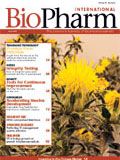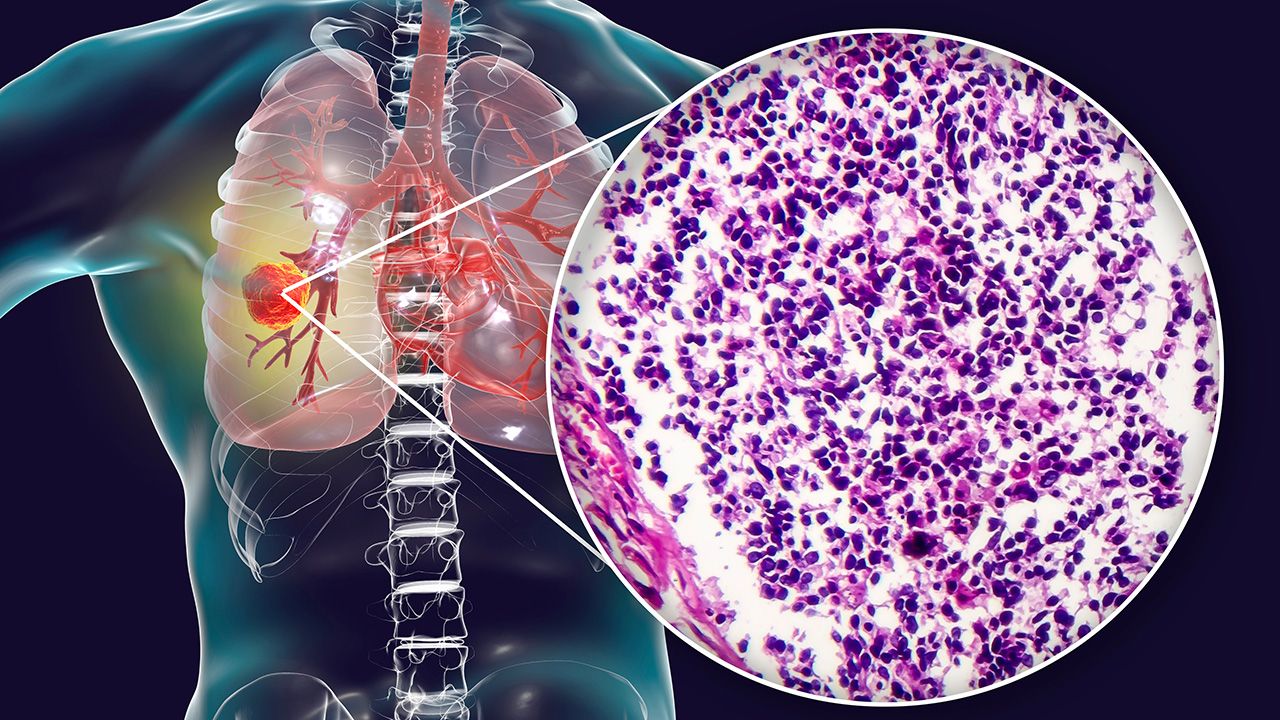Publication
Article
BioPharm International
From the Editor in Chief: When Does Glycosylation Matter?
Author(s):
The belief that glycosylation is critical to ensuring the functionality of protein therapeutics-and preventing immunogenicity-drives many manufacturing decisions. But is it time to question this industry tenet?
The belief that glycosylation is critical to ensuring the functionality of protein therapeutics—and preventing immunogenicity—drives many manufacturing decisions. But is it time to question this industry tenet?

Laura Bush
At an April conference on vaccine manufacturing sponsored by the Institute of Medicine and the National Academy of Engineering (www.vaccine2006.org), Dave Estell, PhD, did just that. He presented the protein scaffold methods that his company, Genencor, uses to produce industrial enzymes quickly and cheaply. Their typical process takes 8 weeks: 2–4 weeks to create the production host, 3–20 days for fermentation, and 2–10 days for recovery and formulation. And the end product is stable for years at 40°C. These tools and methods, Estell asserted, could be used to produce several million doses of a protein pharmaceutical within weeks of identification—as long as glycosylation doesn't matter.
And most therapeutic proteins, Estell said, do not require glycosylation to ensure their efficacy or important properties.
If that's true, why isn't the biotech drug industry using industrial biotechnology methods?
In fact, some are. Every year, more than $13 billion of injectable and oral antibiotics are produced through fungal fermentation. But most of the industry is not. The disconnect, according to Estell, is that the biotech drug industry became fossilized in 1982, when it switched to CHO cells and decided that the high cost of products derived from CHO cells didn't matter, because the doses were small.
These statements are provocative. But many in the industry will admit that their belief that glycosylation occurs properly in the proteins they manufacture is based more on assumptions than science. In many cases, it's not considered cost-or time-effective to fully characterize protein drug products. The thinking is, "If it weren't working, we'd know it." That is odd. If glycosylation is critical, why aren't we clearer about how well we have controlled it?
Perhaps the reality is that glycosylation is not as critical as we think.

Newsletter
Stay at the forefront of biopharmaceutical innovation—subscribe to BioPharm International for expert insights on drug development, manufacturing, compliance, and more.





